To establish a ‘federal enclave,’ the U.S. Congress spent seven years negotiating with members of the Federal Government to define the concept of Washington D.C. as the capital of the United States. Congress passed the Residence Act on July 17, 1790, which established a permanent federal government seat. Christopher Columbus was honored with the name District of Columbia, and George Washington with the name District of Columbia.
From 1830 to 1865, Washington underwent enormous changes, beginning with the arrival of President James K. Polk. As railroads opened up Washington in the 1830s, a wave of tourists flooded the city, as did a proliferation of congressional spouses who transformed the city’s social scene. During the American Civil War, Richmond, Virginia, which housed the Confederate capital, was never too far from the front lines. After Lincoln’s assassination at Ford’s Theatre just days after the war ended, Washington was plunged into an unprecedented state of desperation and despair. Following the Civil War, the capital slowly became a tourist attraction. Washingtonians were granted self-government for the first time in 1871. Many improvements to the city were undertaken during the three years the territorial government held office: schools, markets, streets, outdoor lighting, sewers, and more than 50,000 trees were planted.
In the late 1890s, social organizations, private clubs, and traditional societies for the arts began to flourish in Washington. The Washington Monument was completed in 1884, the Library of Congress in 1897, and the founding of the American Institute of Architects in 1898.
Below are some historical photos that show Washington from the 1860s to 1890s.







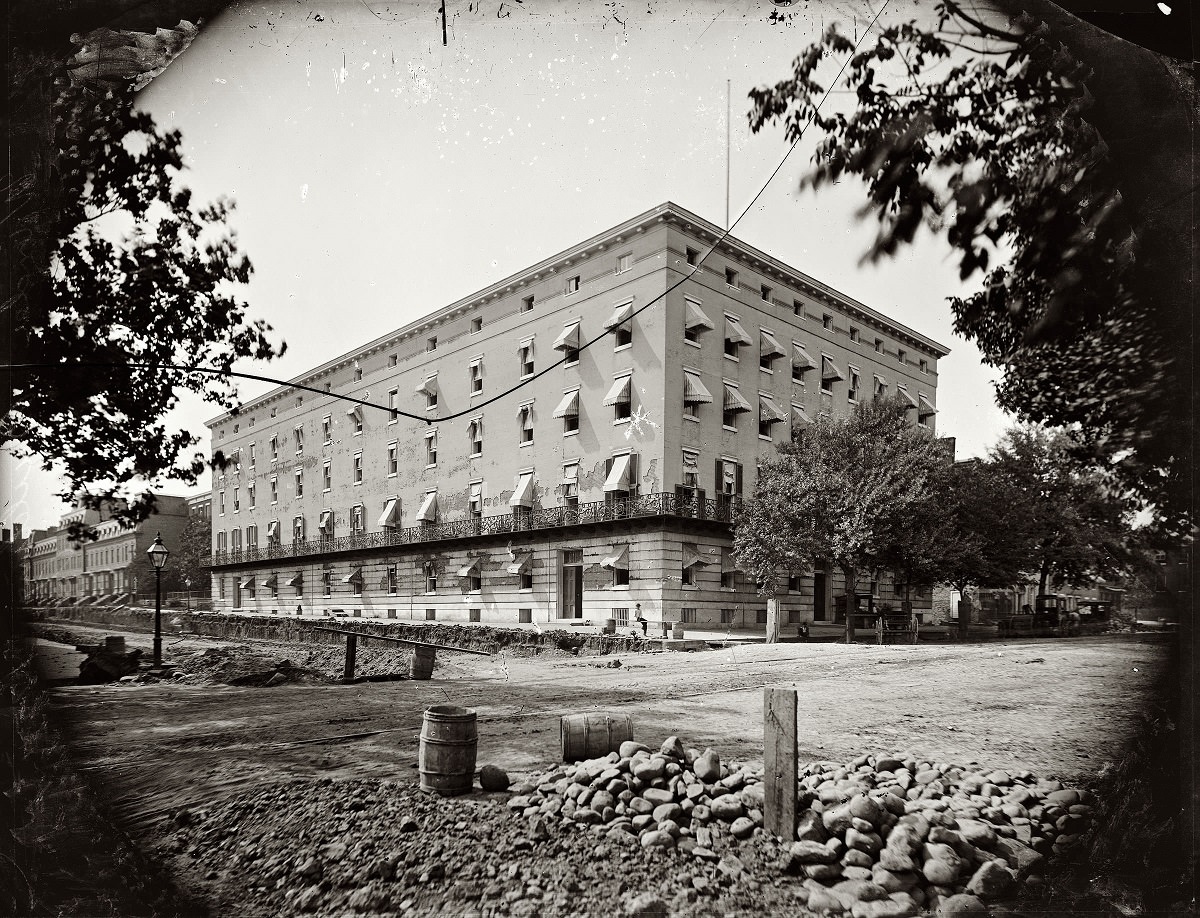








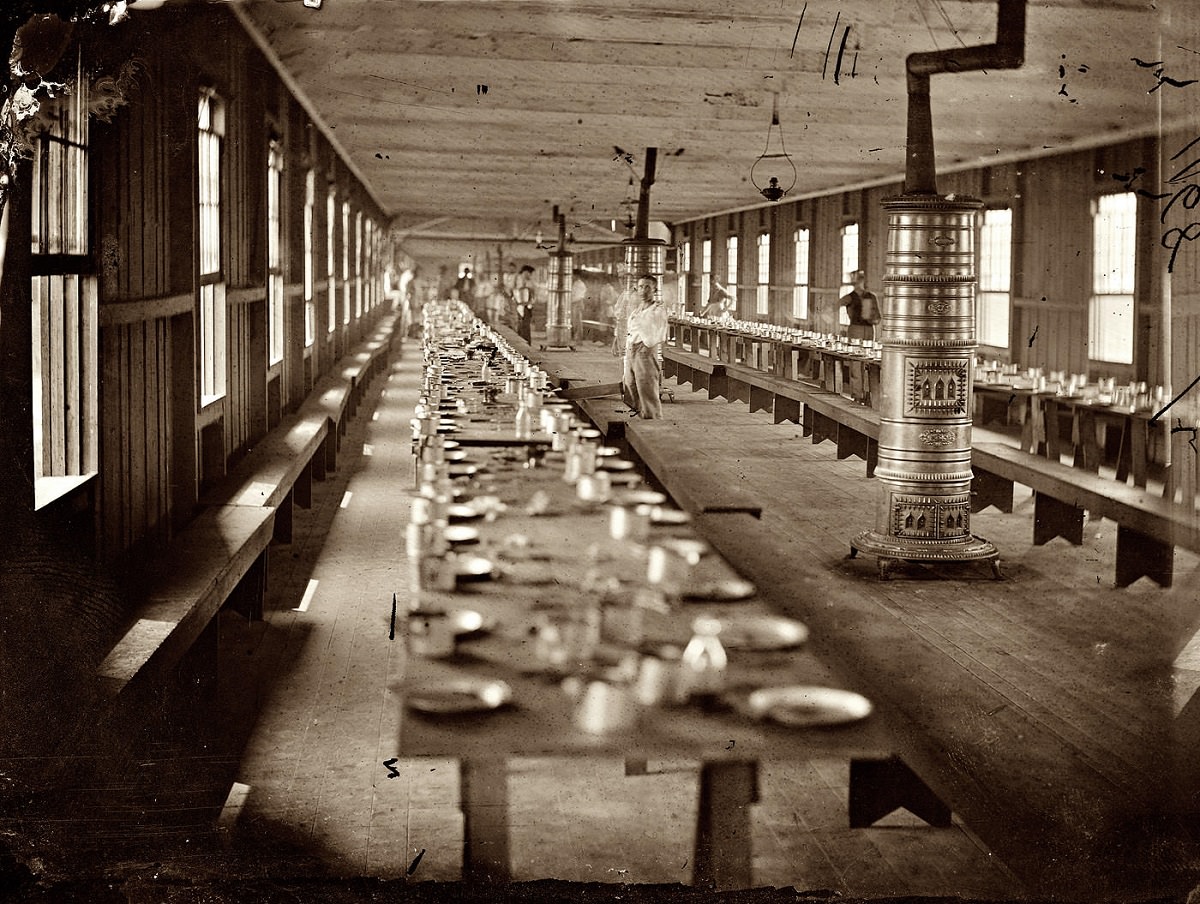


































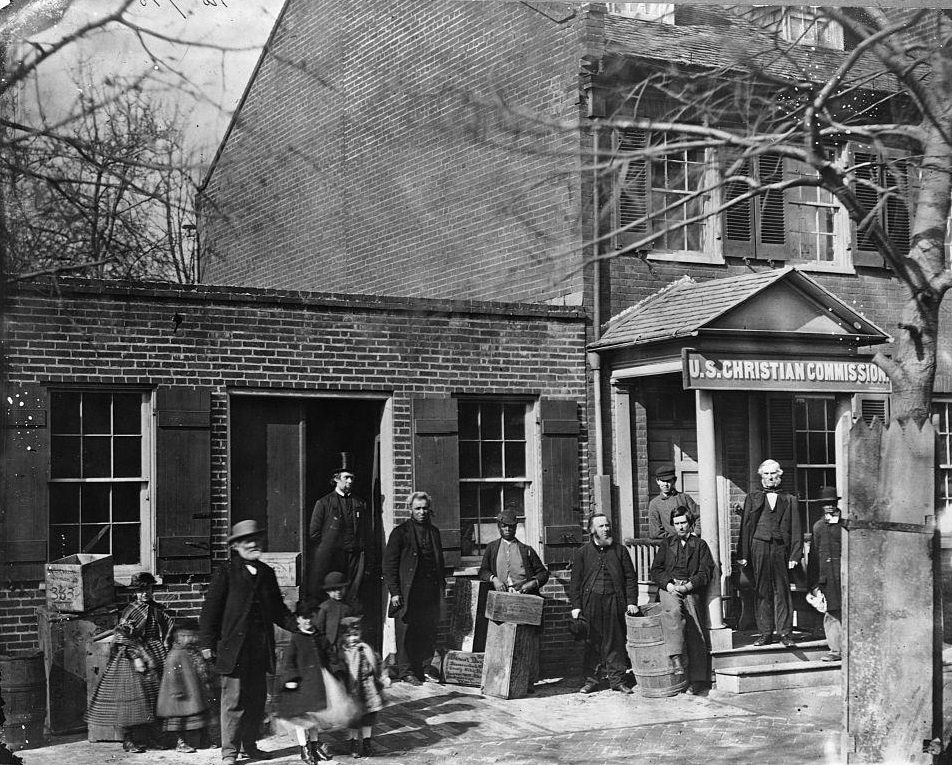




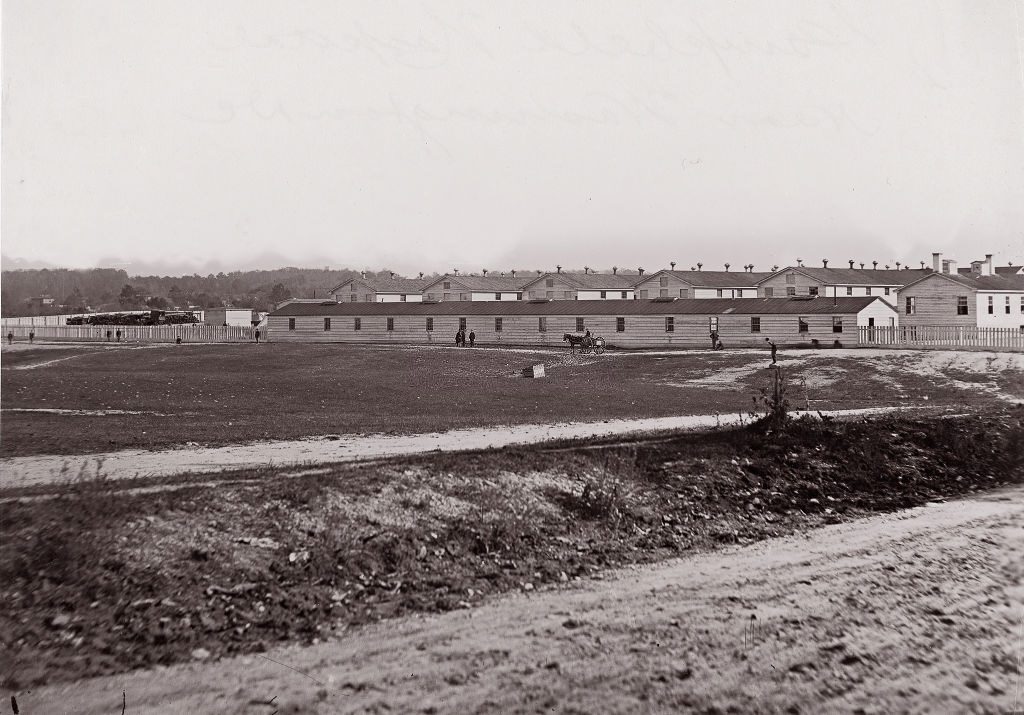


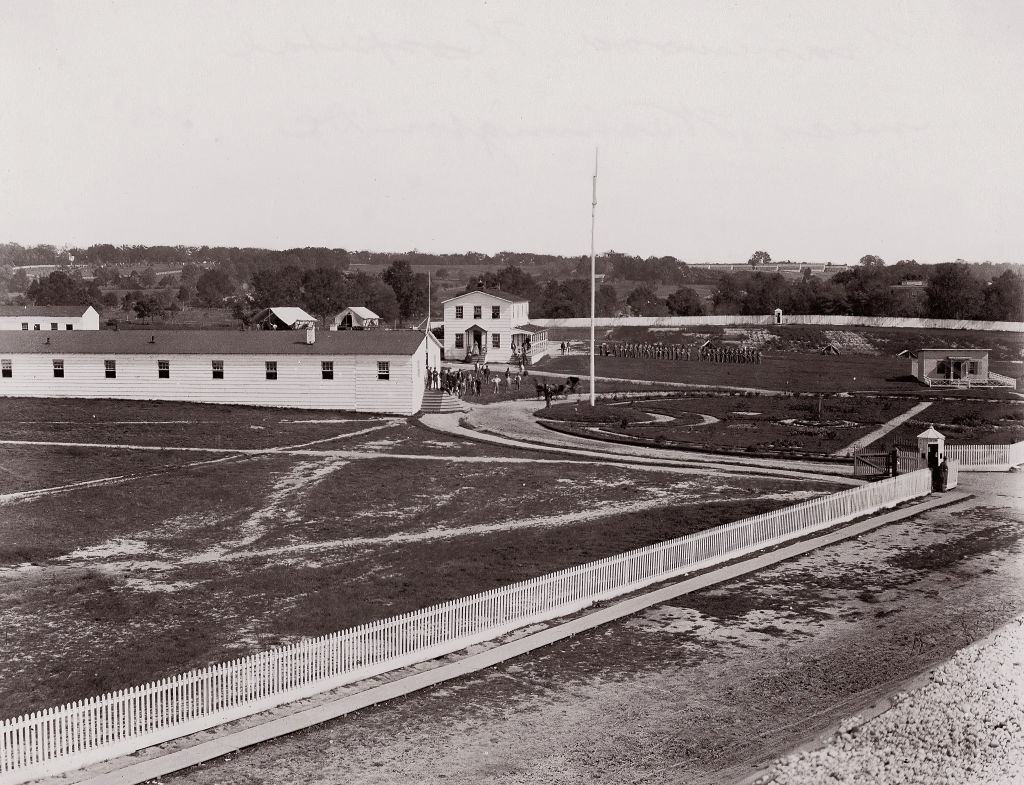


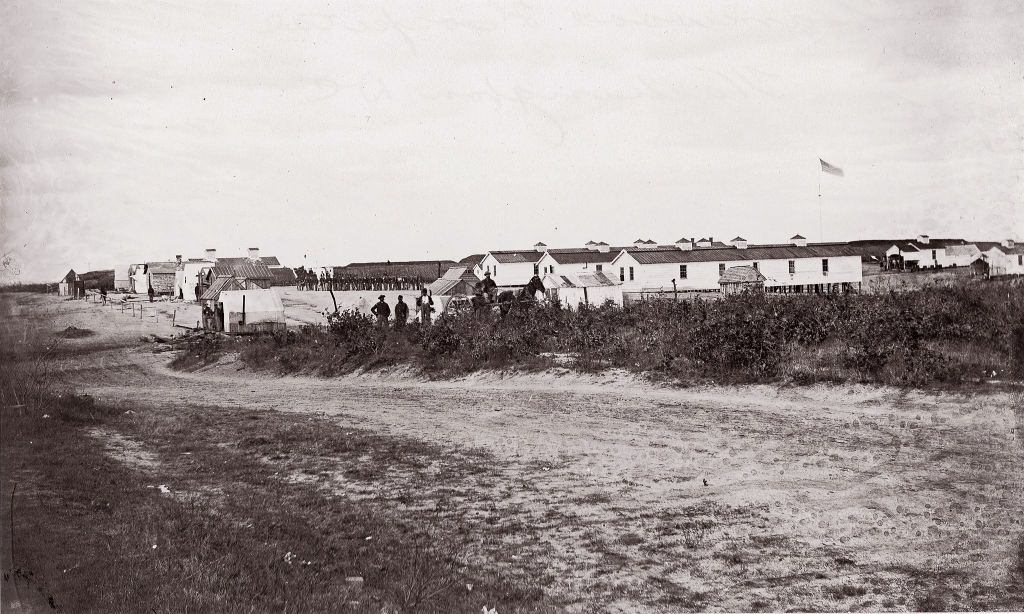



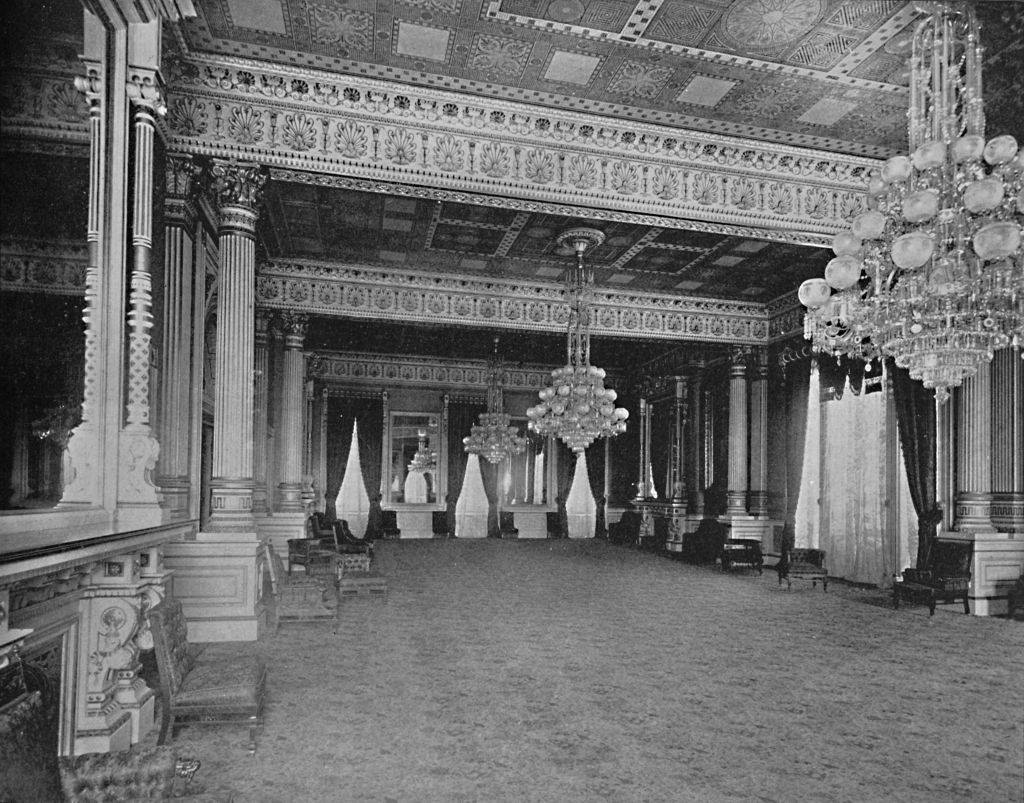



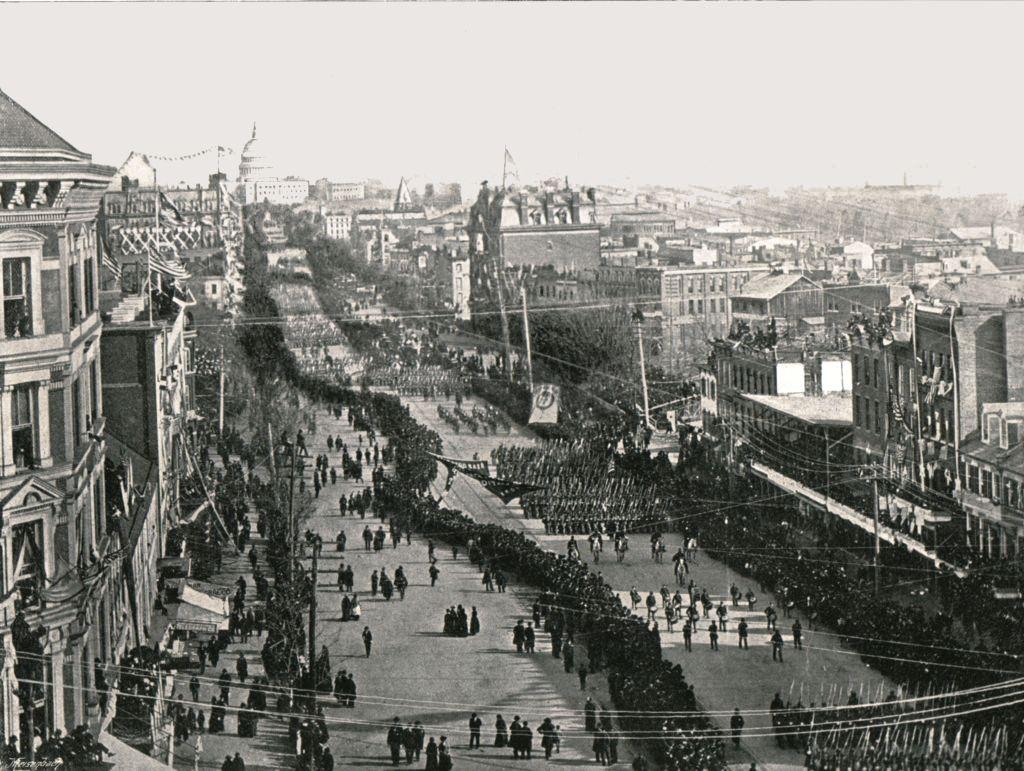





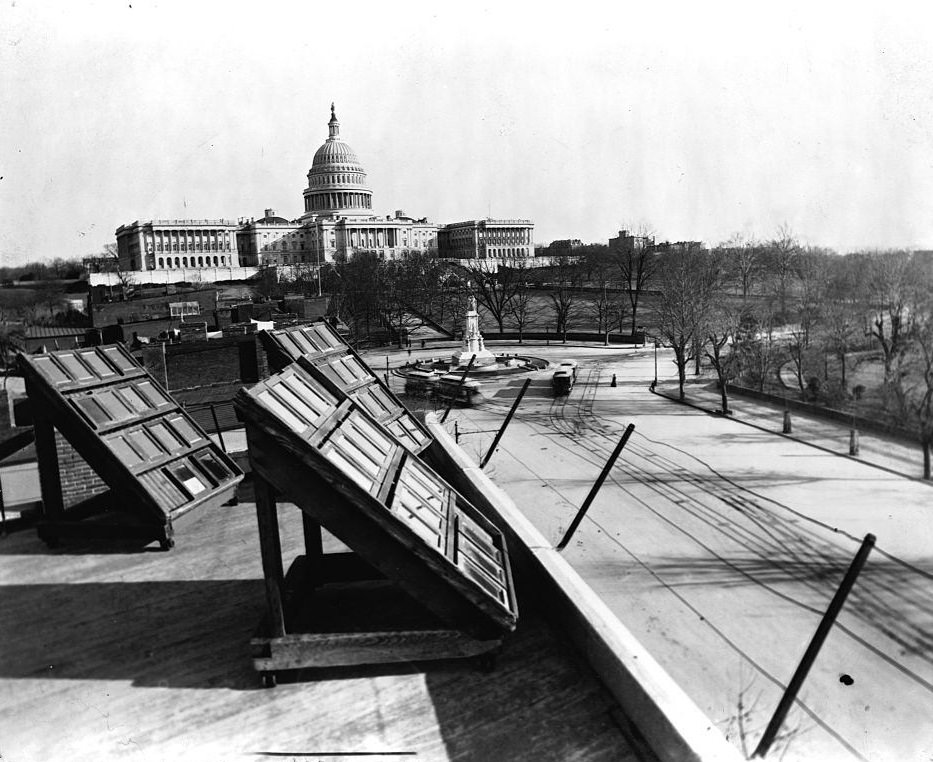


I like looking at manhole cover dates for when the road was laid down. The oldest ones near me are 1898 or so
I like looking at manhole cover dates for when the road was laid down. The oldest ones near me are 1898 or so
This is so cool